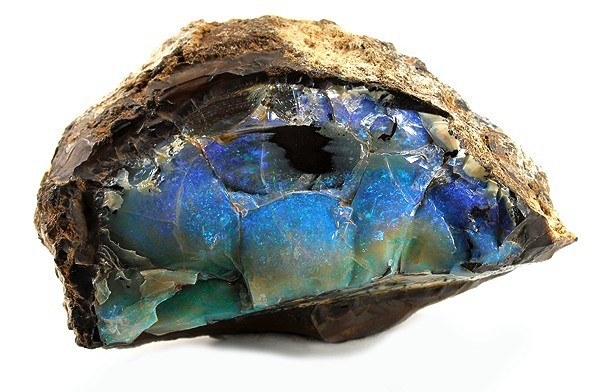Scientists have recovered remnants of opal from a meteorite known as EET 83309 in Antarctica, hinting at the origin of water on Earth. Opal is a precious crystal that contains water, which suggests that this discovery may hint at how an asteroid brought water into our solar system, billions of years ago.
According to lead author of the study, Hilary Downes from the Birkbeck College London, these pieces of opal can be described as broken fragments where evidence reveals that opal formed when this meteorite made impact on the surface of the planet, originating from a parent asteroid in deep space, and eventually landing on Earth in Antarctica.
This crystal has never been detected on any asteroid surface before however, small traces of opal were once seen from a meteorite originating from Mars.
Scientists suggest that this particular meteorite was exposed to solar radiation first before it was broken apart from the asteroid. This type of radiation from the sun is also known as solar wind, as asteroids are always exposed to solar wind, as these bodies hurtle through deep space.
Results of this new analysis also show that EET 83309 apparently contains other kinds of meteorites which suggests that its parent asteroid suffered numerous impacts from other cosmic bodies throughout space. These impacts delivered water ice that helped in the formation of opal.
After intensive analysis, researchers concluded that this precious stone is alien in origin, and did not form after impact when the meteorite entered the Earth's atmosphere and landed on Antarctica.
Using a special scientific instrument known as NanoSims at the Open University in the U.K., this instrument detected how opal remnants from the meteorite reacted with the small amount of water found in the Antarctic. Since the isotopes of opal also come in different forms of the same element, these are found to be also similar to the other minerals in the meteorite, confirming that this precious stone is already present within the meteorite.
These results were presented during the National Astronomy Meeting in Nottingham, this week.




























